You're looking to buy a Handpan?
Find out everything you need to know here.
In our Handpan Store and at our partners, in our online store or at one of our Workshop near you, you have the possibility to try out, rent or directly buy Handpans of different manufacturers, materials and scales.
Compare and play different handpans in a relaxed atmosphere and take the right instrument directly home - without any waiting time. Last but not least, buying a handpan is an emotional thing. Preferences often emerge only after the first listening and comparison.
Browse our online Handpan shop and watch the scale videos of handpans of different manufacturers, materials and scales to get a feel for which ones appeal to you.
Buying a handpan is an emotional thing. Preferences often emerge only after the first listening and comparison.
You can't decide or you are still unsure? We also offer the following services to help you find your Handpan:
Rent a handpan
If you don't want to buy a Handpan right away, we offer the possibility to rent an instrument of your choice - if you decide to buy the instrument, we will charge 100% of the rental costs with the purchase price. So you have even more peace and time to decide.
Content
Buying a Handpan – Things to consider
Handpan Market - Evolution and Overview
The handpan market has changed rapidly. In 2012 there were about 30-40 handpan manufacturers, today there are already more than 300. This has made the Handpan more accessible and you no longer have to wait years and spend thousands of dollars to own a good Handpan. At PanArt, the inventor of the Hang®, you even had to apply for a Hang® - and not everyone was lucky enough to get one.
Despite the rapid increase in handpan manufacturers, there are great differences in quality and price. As you have probably already noticed, almost all handpans are the same in terms of external shape - but not in sound!
Usually handpans from Europe are more expensive than from Asia. Among Asian manufacturers, in addition to many poorly tuned Handpan, there are now also some manufacturers who can keep up well with European quality standards. However, it should not be forgotten that a Handpan occasionally needs to be repaired or retuned, similar to a piano. This can become more costly if there is no retuning service available locally and the Handpan needs to be shipped back and forth (via customs) to Asia.
Structure of the Handpan
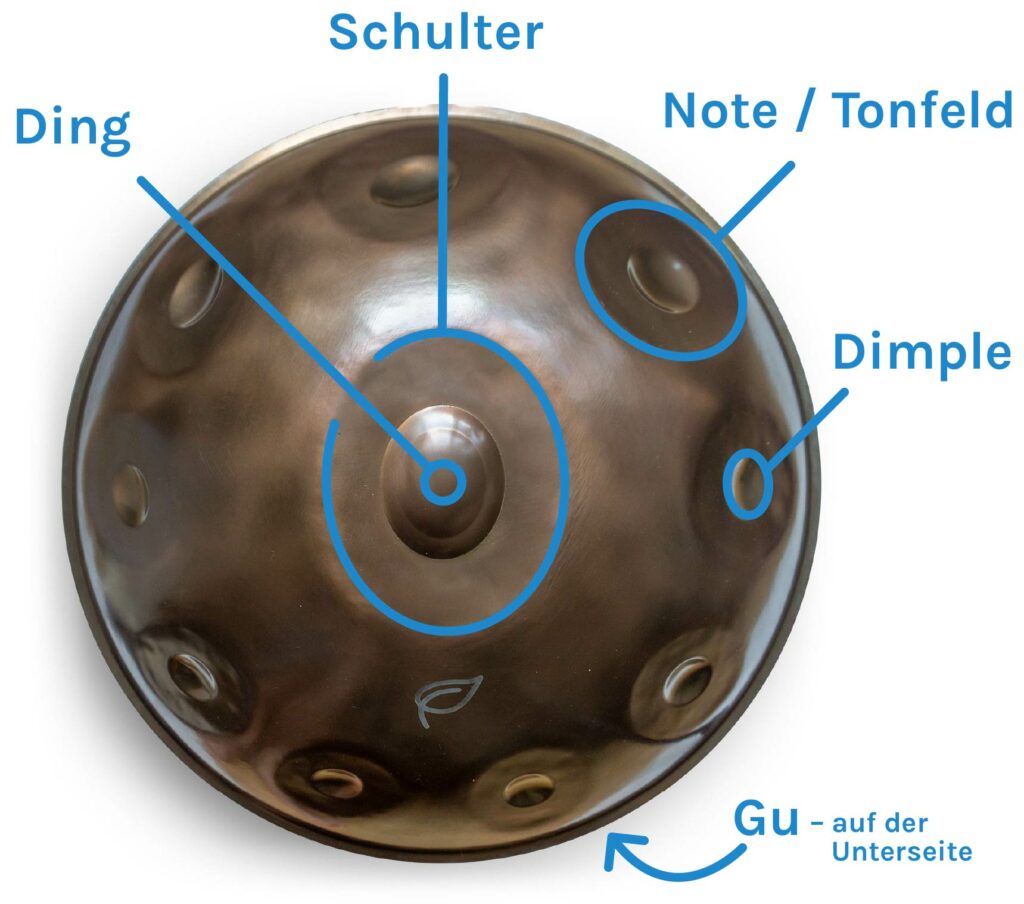
The basic shape of the Handpan is based on the Hang®. It consists of two circular metal shells, which are joined together. The top consists of a central tone field, called "Ding" (the lowest tone in the center) and usually 7-10 oval tone fields on the outer circle. On most instruments, the "ding" is curved outward/upward and the center of the remaining tone fields the "dimple" inward. In the center of the bottom is the "Gu (hole)" from which the sound comes out.
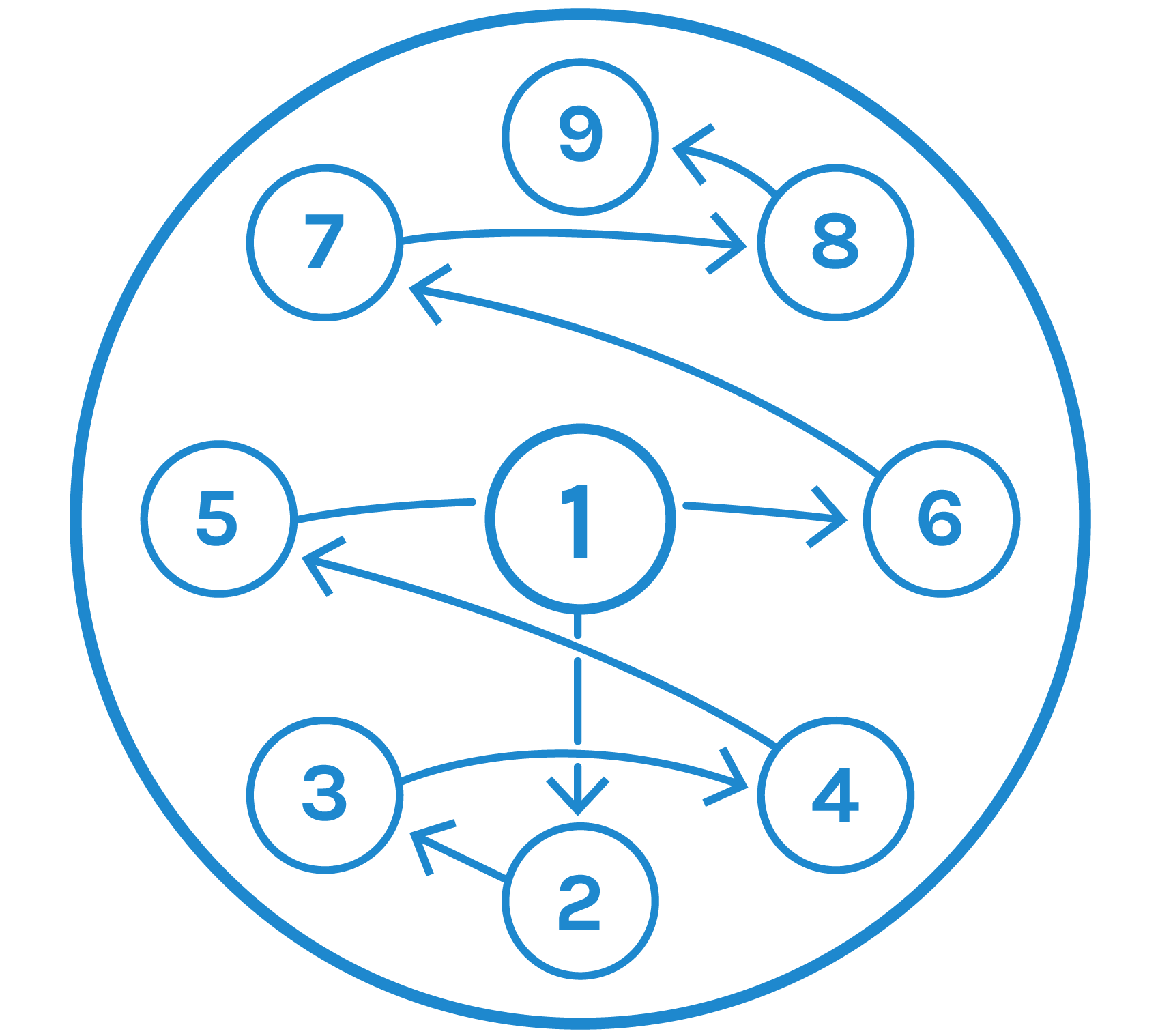
Unlike a piano, where all notes are available, the handpan is limited to a few notes. While Hang® by PANArt was built with 8 or 9 notes, there are now also manufacturers who built handpans with over 20 notes. On a handpan, the notes are not arranged chromatically like a piano, i.e. one semitone step follows the next, but skip several octaves. How many and which notes are used determines the Handpan scale.
You can find everything you need to know about Handpan scales here.
The choice of steel
Nitrided steel
Nitrided handpans are better suited for percussive, fast playing, e.g. for drummers, djembe or cajon players. They do not resonate as long and are duller in sound. When playing faster, the notes are more clearly separated or the notes do not "mix" so much, because the sound fades away more quickly after being struck.
Stainless steel
Compared to nitrided steel, stainless steel resonates much longer (sustain), is fuller in sound and more sensitive in touch. For beginners, stainless steel handpans are also easier to play. More and more often they are also used in sound therapy and yoga! Stainless steel is an innovation in handpans, the Original Hang® was built using only nitrided steel.
Frequency: 440 Hz and 432 Hz
Almost all handpans are tuned to 440Hz.
So if you decide to use a handpan in 432Hz, you will most likely not be able to play together with others. That is a fact! The same applies to other instruments, such as piano or instruments that you cannot tune yourself - a handpan in 432Hz is not compatible with them. Handpans in 432Hz are therefore a niche, but if you still decide to buy a handpan in 432Hz, we can advise you by phone or email.
Handpan Scales & Sheet Music
With Handpans, there are countless scales, which makes the Handpan purchase so difficult or complex. Each handpan is limited to a certain number of notes, which are "selected" by the manufacturer from all possible notes – accordingly, there are exponentially many possibilities for creating new scales. We delve a little deeper into the topic of handpan scales on this page:
Handpan formats
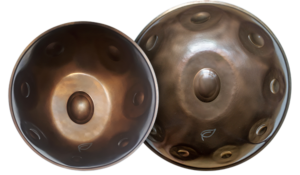
Minis vs. Normal
Most handpans are made with a diameter of 53 - 55cm, a mini measures about 46 - 48cm. Due to the smaller size, even children can comfortably reach all the notes. In addition, a Mini is perfect as a travel handpan.
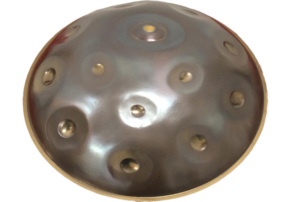
Mutants
Handpans that have additional notes between the outer edge of the notes and the Ding are called "mutants".
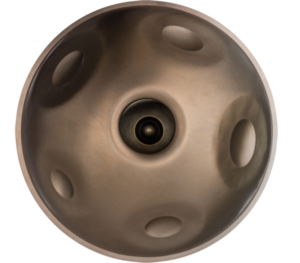
Bottom Notes
Bottom notes are additional notes on the bottom of the handpan. They offer more possibilities for playing different harmonies.
The correct use of your handpan
When handling the instrument you should consider a few points:
Avoid heat
It is IMPORTANT to protect the handpan from direct sunlight, i.e. do not leave it in the sun, as it can get out of tune if the handpan gets too hot. If the Handpan does heat up, be sure to let it cool down to room temperature before playing and to checking if it is still in tune.
Finger only
Do not play with mallets or other objects on the handpan! Only with the fingers!
Ideally, wash your hands before playing, because dirt and sweat are harmful to the instrument and can lead to rust.
Avoid wetness (does not apply to stainless steel Handpans)
Protect the Handpan from moisture and high humidity! If your instrument does get wet, wipe it dry immediately with a cloth and oil it afterwards.
No jewelry
Remove rings, watches and other jewelry on your hands to avoid scratches.
Bags only for transport
Do not store the instrument permanently in a bag or backpack, but only use it for transport, otherwise there is a risk of rust.
Maintain
Depending on the manufacturer or material, the handpan must be oiled to protect it from rust.
Alignment
Never place the handpan on the floor with the playing surface (notes) facing down.
Sound
Since handpans are made of steel, the sound may change depending on the temperature. When cold, the metal contracts and the tones become higher; when hot, the metal expands and the tones become duller.
Transport and protection of your instrument
When buying a handpan, you should also find a suitable case for carrying your handpan. Hard- and softcases are suitable for this purpose. As the name suggests, your instrument is better protected from impacts in a hardcase than in a softcase. The softcase has the advantage of being cheaper, lighter and more comfortable to carry. When making your decision, you should consider how often you will be on tour with your instrument and what "conditions or stresses" it will be exposed to. When hiking, a soft case is much more comfortable, on the plane as hand luggage or in a crowded subway, a hard case would be more suitable due to the better protection.
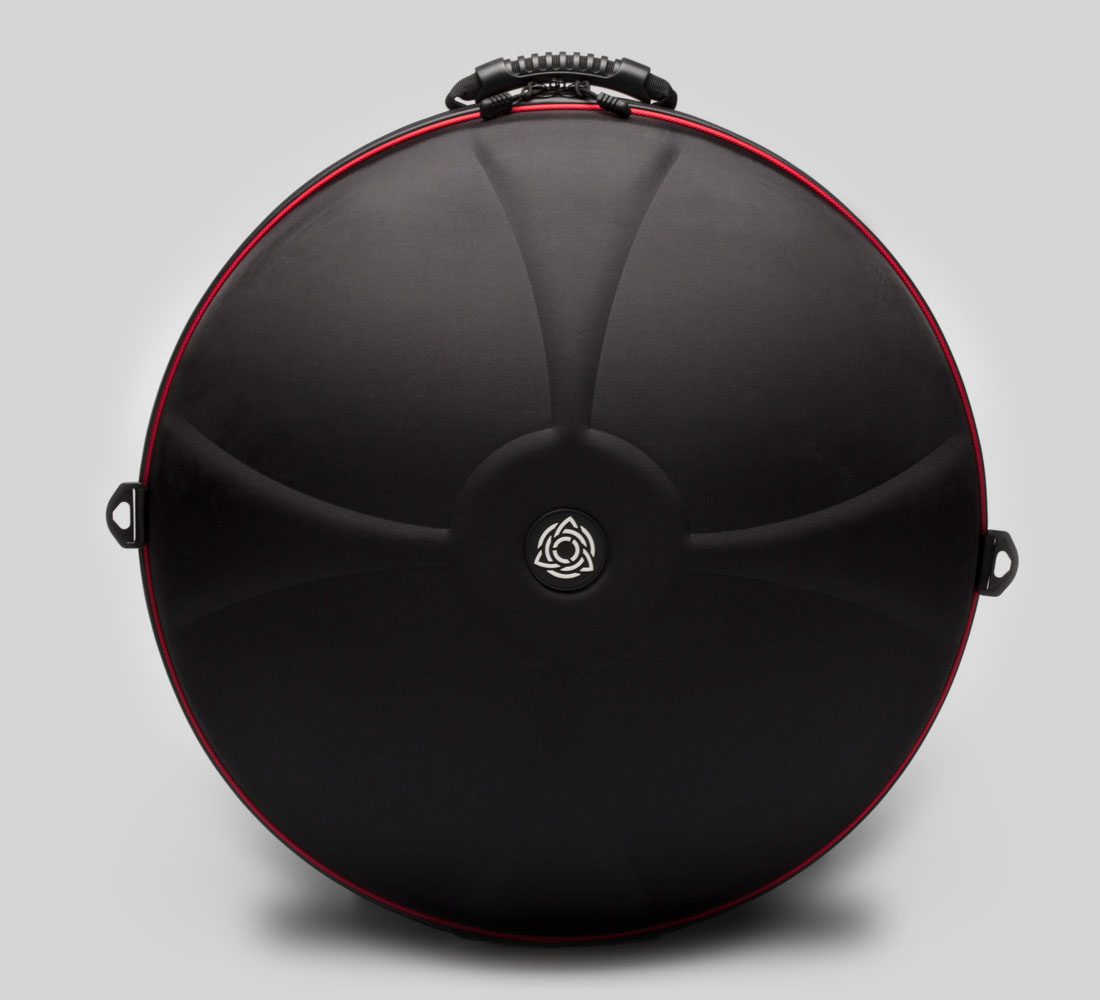
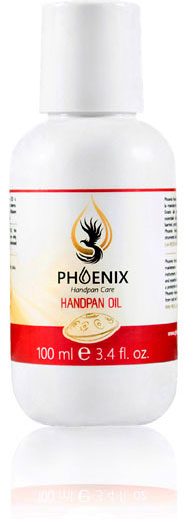
The right care
Almost all handpans and steel tongue drums need regular maintenance to protect them from rust. Most manufacturers recommend Phoenix Handpan oil, coconut oil or even baby oil. You can find out which care product is most suitable from the manufacturer or from us.
As a rule, you should rub the top and bottom of your instrument with a care product and a microfiber cloth every 2-4 weeks. We also recommend wiping the instrument with the same microfiber cloth after each playing to remove sweat and dirt.
Retuning of your handpan
Just like a piano or guitar, all handpans need to be retuned sooner or later. The only question is: how often does a handpan need to be retuned? This essentially depends on the "strees" to which the Handpan is subjected. The biggest stress is direct sunlight or heat but of course also how hard you play your handpan.
Handpans purchased at Sound Sculpture Handpan Shop can be retuned directly with us and do not need to be returned to the respective manufacturer. This often saves you time and also unnecessary shipping costs. Of course, your warranty remains!
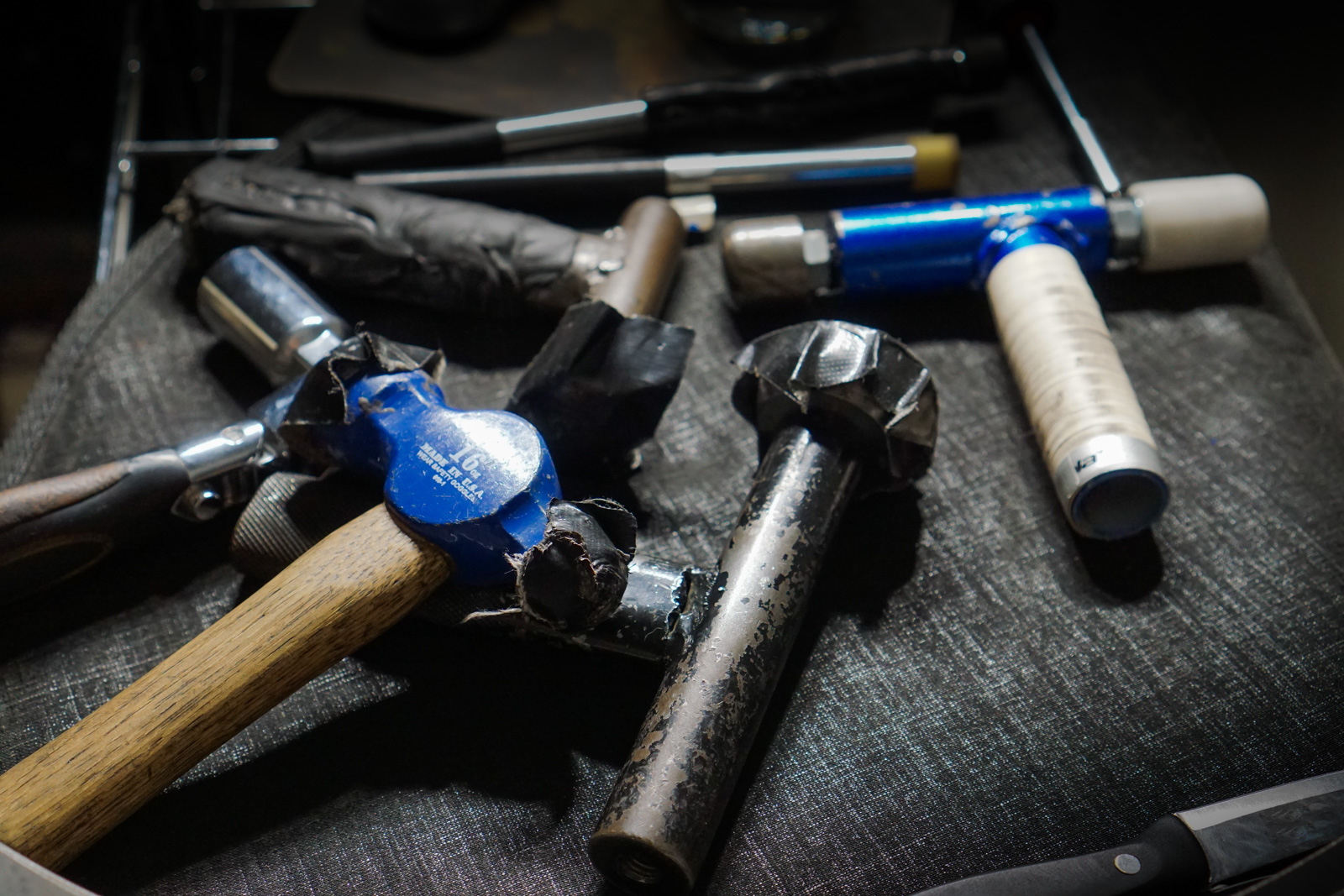
Best to try on the spot what is right for you
We advise you in all questions around the topic Handpans and Steel Tongue Drum . With us you have the opportunity to try out and buy various instruments - without waiting. We carry a wide range of different manufacturers and scales (tunings) and accessories.